
With COVID-19 vaccine facilities receiving recent citations, it is evident that failure to meet cleaning and sanitization requirements puts patients, facilities, and operators at risk.
Agnes Shanley is senior editor of Pharmaceutical Technology.

With COVID-19 vaccine facilities receiving recent citations, it is evident that failure to meet cleaning and sanitization requirements puts patients, facilities, and operators at risk.

As recent COVID-19 vaccine facility citations make clear, failure to meet cleaning and sanitization requirements puts patients, facilities, and operators at risk.

Breakthroughs in analytics and alternatives to traditional freeze drying promise to reshape biological development and the cold chain.

Despite the COVID-19 pandemic, the industry has made great strides in implementing serialization technologies, while technology developers are enabling more open access to real-time transportation data.

A plant inspection backlog caused by COVID-19 restrictions threatens innovation and public health. Now pressured to step up on-site inspections, will FDA embrace new methods?

New approaches to clinical trials, spurred by the COVID-19 pandemic, have dramatically shortened development timeframes. Can these gains be sustained once conditions return to normal?
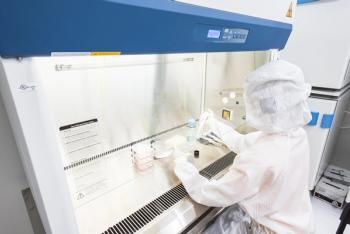
From scale-up and tech transfer to analytical method development and quality testing, alliances between innovators and contract partners, and between CDMOs and technology vendors, are taking more therapies from lab to patient.

As the first wave of mRNA vaccines are distributed, efforts will be needed to protect data and prevent errors.
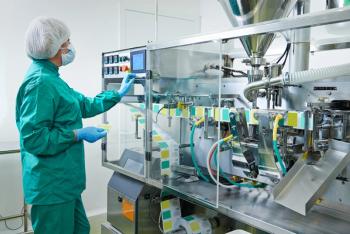
During the COVID-19 pandemic, when inspectors cannot visit sites directly, FDA is relying on other global inspection reports and remote document review, yet does not consider them equivalent to on-site inspections. Manufacturers await more clarity.

A whistleblower’s complaint raises questions about FDA inspector training and support, as well as CGMP noncompliance patterns at biologics facilities.

The COVID-19 pandemic has pushed more pharmaceutical companies and regulators to use new technologies for remote quality audits and inspections.

Charles River Associates analysts see risk-sharing as the key to improving vaccine availability and access.

Clarity from regulators, prior work on other vaccines, and closer collaboration with contract partners and suppliers have allowed Moderna and J&J to slash timeframes. Moderna may be on track to deliver initial doses to the highest risk patient populations before January 2021.

Branching out from roots in industrial biotechnology, Riffyn Data Systems (and its CEO Tim Gardner) is taking the message of data-driven process improvement to biopharma.

As biopharmaceutical process development advances, a more collaborative and knowledge-based approach, driven by better analytics and high-throughput system integration, is reducing the risk of failure.

Joerg Ahlgrimm is now leading The Discovery Labs’ mission to establish a powerhouse for cell and gene therapy development and manufacturing in the Philadelphia area.

Branching out from roots in industrial biotechnology, Riffyn Data Systems (and its CEO Tim Gardner) is taking the message of data-driven process improvement to biopharma.

Consistent product quality requires a clear understanding of the essence of CGMPs. Experts fear that the message is not always getting through to compounders.
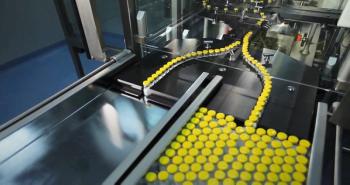
Research is striving to make pharmaceutical processes more scalable by making them simpler and easier to replicate and control. Advances include 3D printing, as well as miniaturized and continuous processes, all of which are being aided by improved automation and analytics.
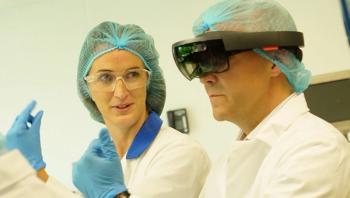
Even though many companies are at early stages of digital automation, more are evaluating BioPharma 4.0 tools and leveraging built-in automation to speed scale-up and boost efficiency.

Carcinogenic compounds have been found in a number of top-selling drugs, leading to recalls and bans. Preventing problems requires working closely with contract testing and development partners as well as API and other suppliers.

Previous investments set a foundation for later efficiency improvements.

Discovery of carcinogenic nitrosamines in three of the world’s most widely prescribed drugs is driving efforts to better detect, control, and prevent their generation in APIs and finished drug products.

Discovery of carcinogenic nitrosamines in three of the world’s most widely prescribed drugs is driving efforts to better detect, control and prevent their generation in APIs and finished drug products.

Mannitol has been shown to improve patient perceptions of tablet flavor and mouthfeel, but its use can add to tableting challenges. SPI Pharma has developed new grades of material designed to make it easier to manufacture in patient-centered formulations.

In January 2020, the agency finalized six clinical development and manufacturing guidance documents and drafted new guidance on what would qualify new gene therapies as orphan drugs.

New funding brings competitors, and a leading healthcare products distributor, into the standardization effort.

Quick approval pathways challenge teams to balance compliance with the need for speed.

Vein-to-vein programs are focusing on data access and traceability.

While the US public and law makers push for price controls, pharma’s venture capitalists have other ideas for balancing innovation and affordability.

Published: August 3rd 2020 | Updated:

Published: February 3rd 2021 | Updated:

Published: August 1st 2020 | Updated:

Published: October 3rd 2020 | Updated:

Published: October 15th 2020 | Updated:
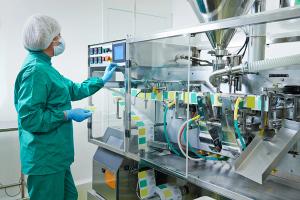
Published: January 3rd 2021 | Updated: